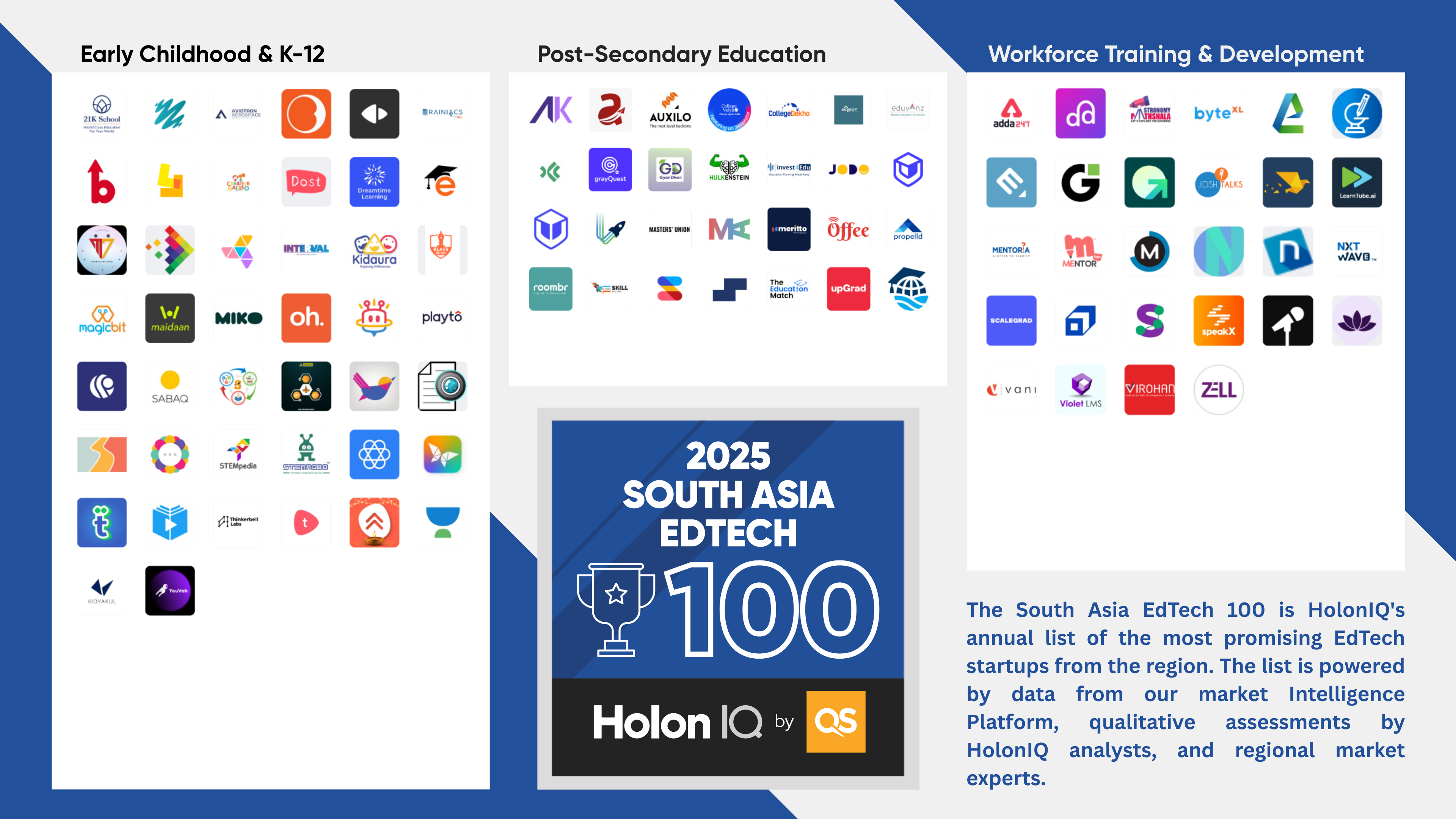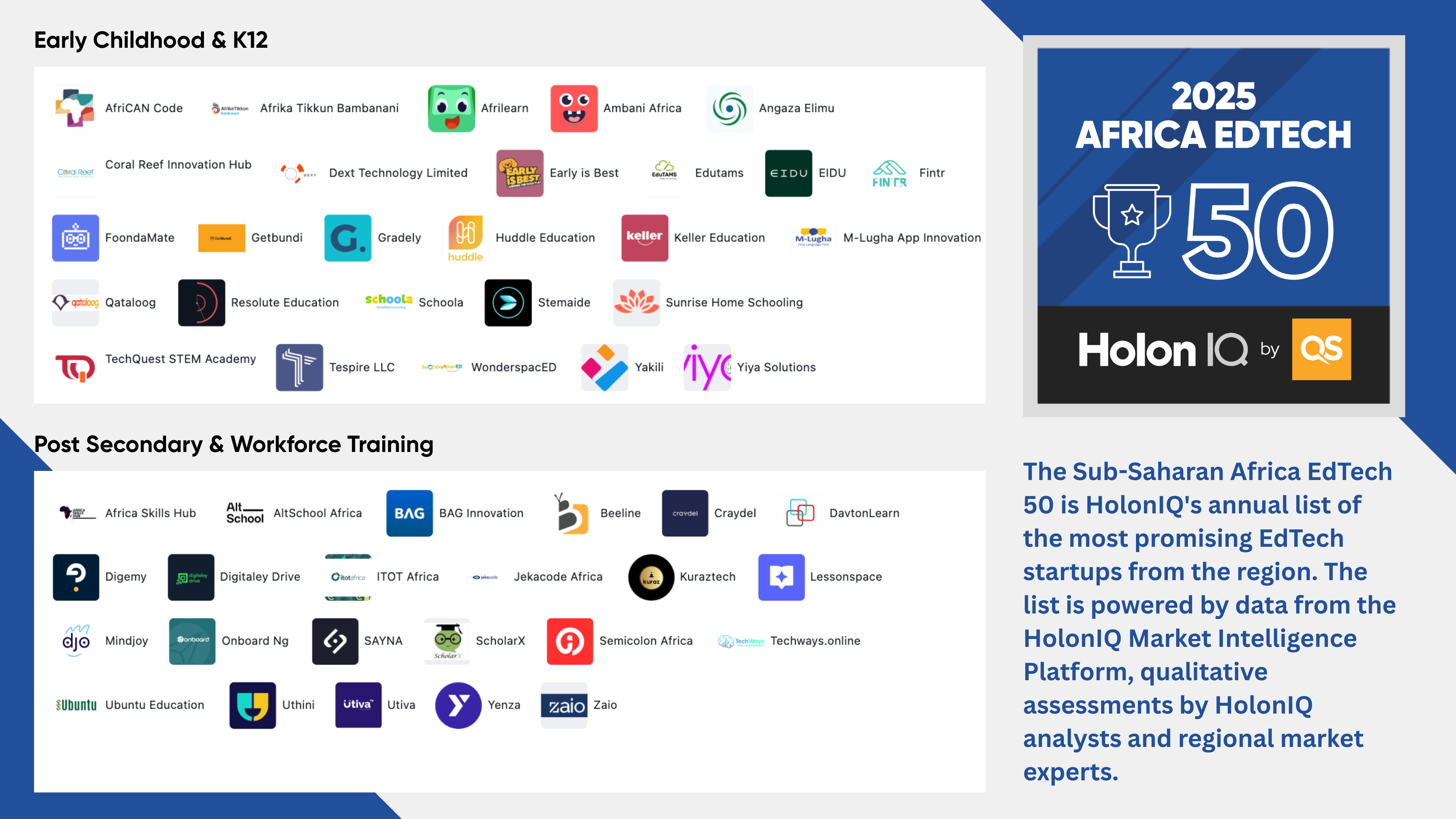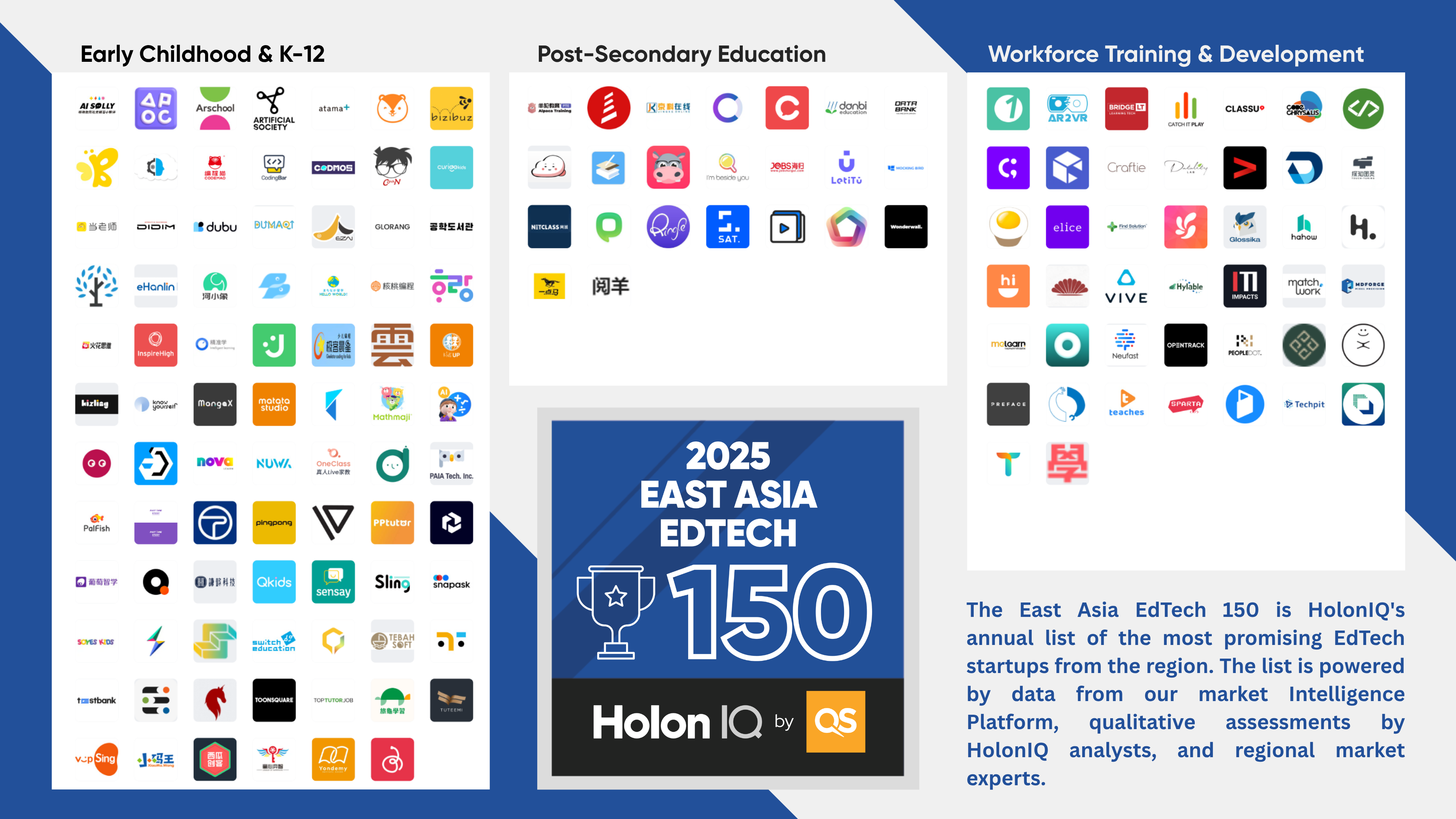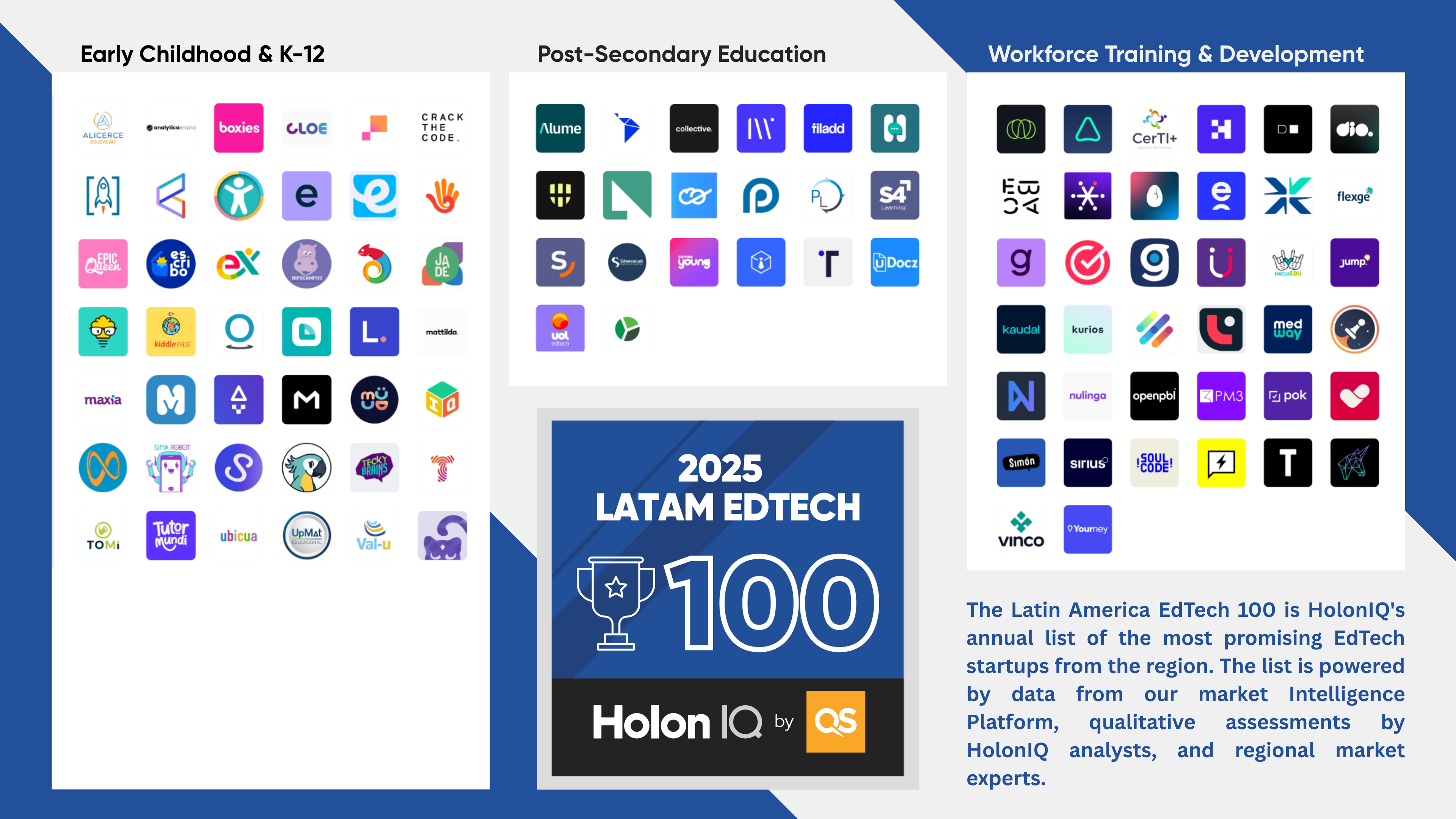Digital capability is arguably the number one priority for US universities and colleges. Postsecondary enrollments in the United States are in decline, institutions are bracing for a much bigger 2025 enrollment crash (due to a falling birthrate from the last recession) and a tight labor market is encouraging employers to drop requirements such as degrees and instead embrace faster, cheaper and higher ROI online up-skilling programs.
Shocks in any system give rise to a broader range of potential outcomes, sometimes they are dependent on momentum and behavior ‘pre-shock’, other times with no correlation whatsoever. ‘Post-shock’, some outcomes will accelerate, some will decline and others will ‘recover’ and go back to normal or at least the long-run average.
Amid a declining landscape of post secondary enrollments in the US, the world’s largest higher education market by dollars, more than six thousand individual institutions are competing for just over 18 million declining enrollments (together with price deflation, a large driver of our downgrade to education expenditure). How each institution defined the 8+ million fully online enrollments in 2020 is not clear and only time will tell whether, or how long it might take, for primarily online degrees to be the preferred or dominant mode.
Back in 2018 we noted the hyper fragmentation of the US Postsecondary market compared to almost every other country in the world and as COVID onset, we used alternative metrics like web traffic to note the rapid rise of online learning through MOOCs. In response to the pandemic and in collaboration with our global higher education network, including thousands of faculty, services and technology professionals around the world, we launched the Open Source Higher Education Digital Capability Framework. The framework has been adopted by institutions all around the world to help navigate the development of strategic capabilities in digital learning, to ‘get-smart’ on buy, build and/or partner decisions and we’ve supplemented the framework with analysis to track the rise of public private partnerships that Universities are increasingly opting for to accelerate progress towards their institutional objectives.
One of the most common questions we receive from our University customers and global higher education network is indeed, how fast are online degrees growing? This short note double clicks on the Top 23 US Postsecondary Institutions by Total Online Enrollments for Fall 2020 providing a quick insight to the many different patterns underlying the top line numbers that dominate the headlines.

Growth rates are CAGRs (Compounding Average Growth Rates) and are selectively applied for each institution to avoid outliers and measure the dominant enrollment pattern, often excluding 2020 where enrollment it inconsistent with the longer term trend. Y-Axis is to scale except for Phoenix and Total Other (All other institutions) to allow for a faster visual comparison of levels.








.png)







